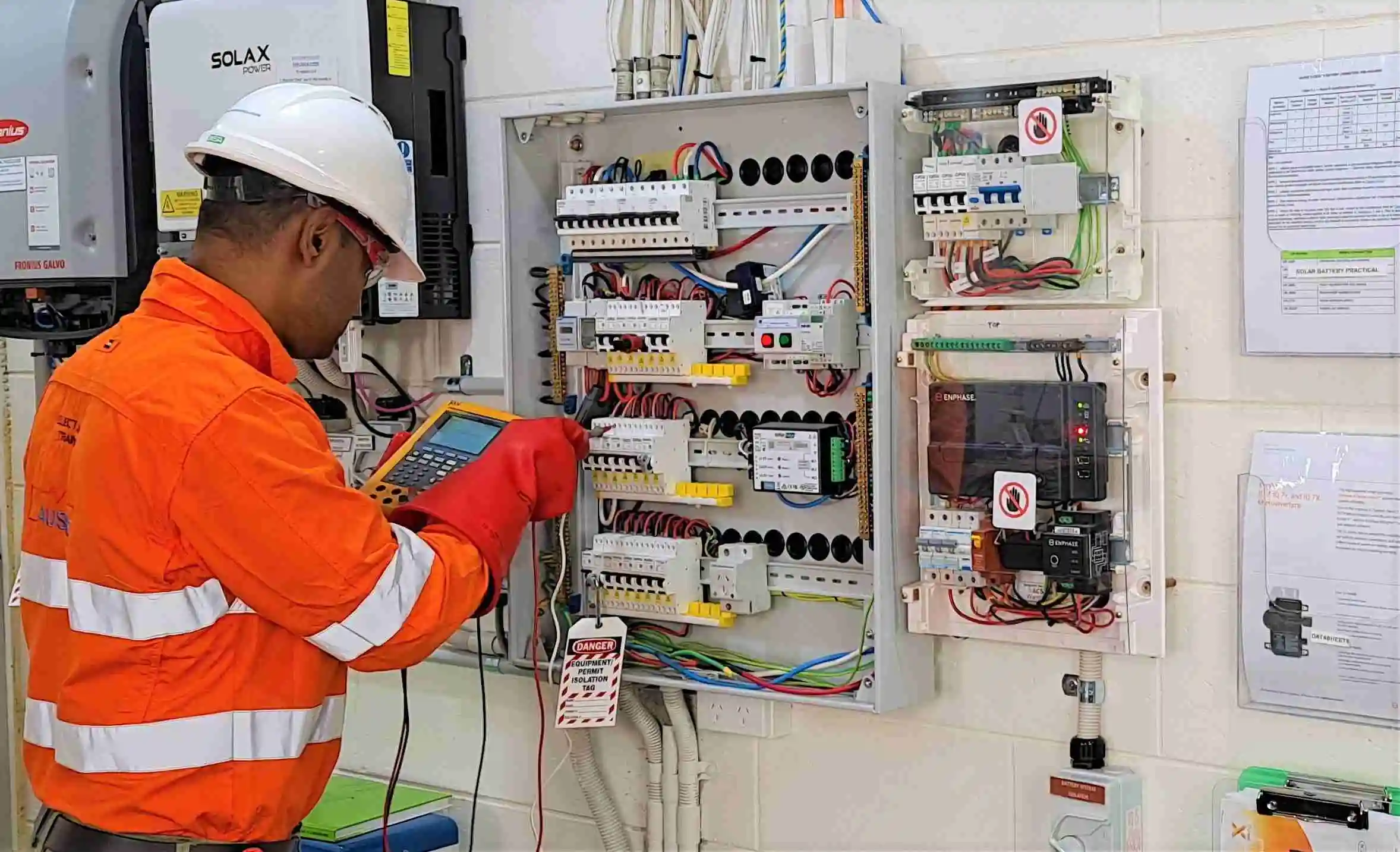Understanding DAS 140 Compliance
Contractors must stay informed about DAS 140 regulations to maintain compliance and avoid potential penalties. das 140 is a set of safety standards aimed at ensuring that contractors adhere to industry best practices in workplace safety. Understanding the requirements of DAS 140 is the first step for any contractor seeking to create a safe and compliant work environment.
Compliance with DAS 140 involves more than just meeting legal obligations; it reflects a contractor’s commitment to safety, efficiency, and professionalism. Contractors who prioritize DAS 140 compliance often experience fewer workplace incidents, improved employee morale, and stronger client relationships.
Key Components of DAS 140
DAS 140 compliance includes several critical components that contractors must implement on job sites. These include hazard identification, risk assessment, employee training, and proper documentation. Each of these elements plays a vital role in achieving full compliance with DAS 140 regulations.
Proper documentation is essential for DAS 140 compliance. Contractors should maintain records of safety meetings, incident reports, and equipment inspections. This documentation provides proof that a contractor is actively managing risks and adhering to DAS 140 standards.
Importance of Employee Training
One of the most important aspects of DAS 140 compliance is employee training. Contractors must ensure that all workers are trained to recognize hazards and respond appropriately. Training programs should cover the specific requirements of DAS 140, including safe equipment operation, hazard communication, and emergency procedures.
Consistent training helps reinforce safety practices and ensures that every team member understands their role in maintaining DAS 140 compliance. Contractors who neglect training risk non-compliance, workplace injuries, and potential fines.
Conducting Regular Safety Audits
Regular safety audits are a critical practice for maintaining DAS 140 compliance. Contractors should schedule periodic inspections of job sites to identify hazards and ensure that safety protocols are being followed. These audits provide valuable insights into areas that require improvement and help maintain adherence to DAS 140 standards.
During audits, contractors should check personal protective equipment, machinery, and workflow processes. Addressing issues proactively ensures that contractors remain compliant with DAS 140 while also promoting a culture of safety.
Implementing Effective Risk Management
Risk management is at the core of DAS 140 compliance. Contractors must identify potential hazards and develop strategies to minimize risks. Implementing a structured risk management plan ensures that hazards are addressed before they escalate into accidents or violations of DAS 140 standards.
Contractors should involve employees in risk management processes. By encouraging workers to report unsafe conditions and participate in safety planning, contractors strengthen their DAS 140 compliance program and create a safer workplace for everyone.
Benefits of DAS 140 Compliance
Adhering to DAS 140 standards offers numerous benefits for contractors. Compliance reduces workplace injuries, lowers insurance costs, and enhances a company’s reputation. Contractors known for strong DAS 140 compliance often attract more clients and retain skilled employees who value a safe working environment.
Beyond legal and financial advantages, DAS 140 compliance fosters a culture of accountability and responsibility. Employees are more likely to follow safety protocols, and contractors can demonstrate their commitment to workplace safety, boosting overall operational efficiency.
Common Challenges in DAS 140 Compliance
Contractors may face challenges when implementing DAS 140 compliance measures. These include limited resources, lack of awareness, and resistance to change among employees. Addressing these challenges requires proactive planning, effective communication, and ongoing education about DAS 140 standards.
By overcoming obstacles, contractors can ensure that their operations remain safe and compliant. Regularly revisiting DAS 140 protocols and updating procedures in response to evolving industry standards is essential for long-term success.
Best Practices for Maintaining Compliance
Maintaining DAS 140 compliance requires consistency and dedication. Contractors should establish clear safety policies, conduct ongoing employee training, and perform routine inspections. Additionally, leveraging technology, such as safety management software, can help track compliance and streamline reporting requirements.
Documenting all DAS 140 compliance efforts is equally important. Accurate records demonstrate that contractors are actively managing safety risks and adhering to industry standards, which can be critical during audits or inspections.
Conclusion
For contractors, staying compliant with DAS 140 is essential for legal, operational, and reputational reasons. By understanding the key components of DAS 140, implementing effective training, conducting audits, and practicing proactive risk management, contractors can maintain a safe work environment and achieve long-term success. Prioritizing DAS 140 compliance ensures not only regulatory adherence but also the well-being of employees and the growth of the business.











Leave a Reply